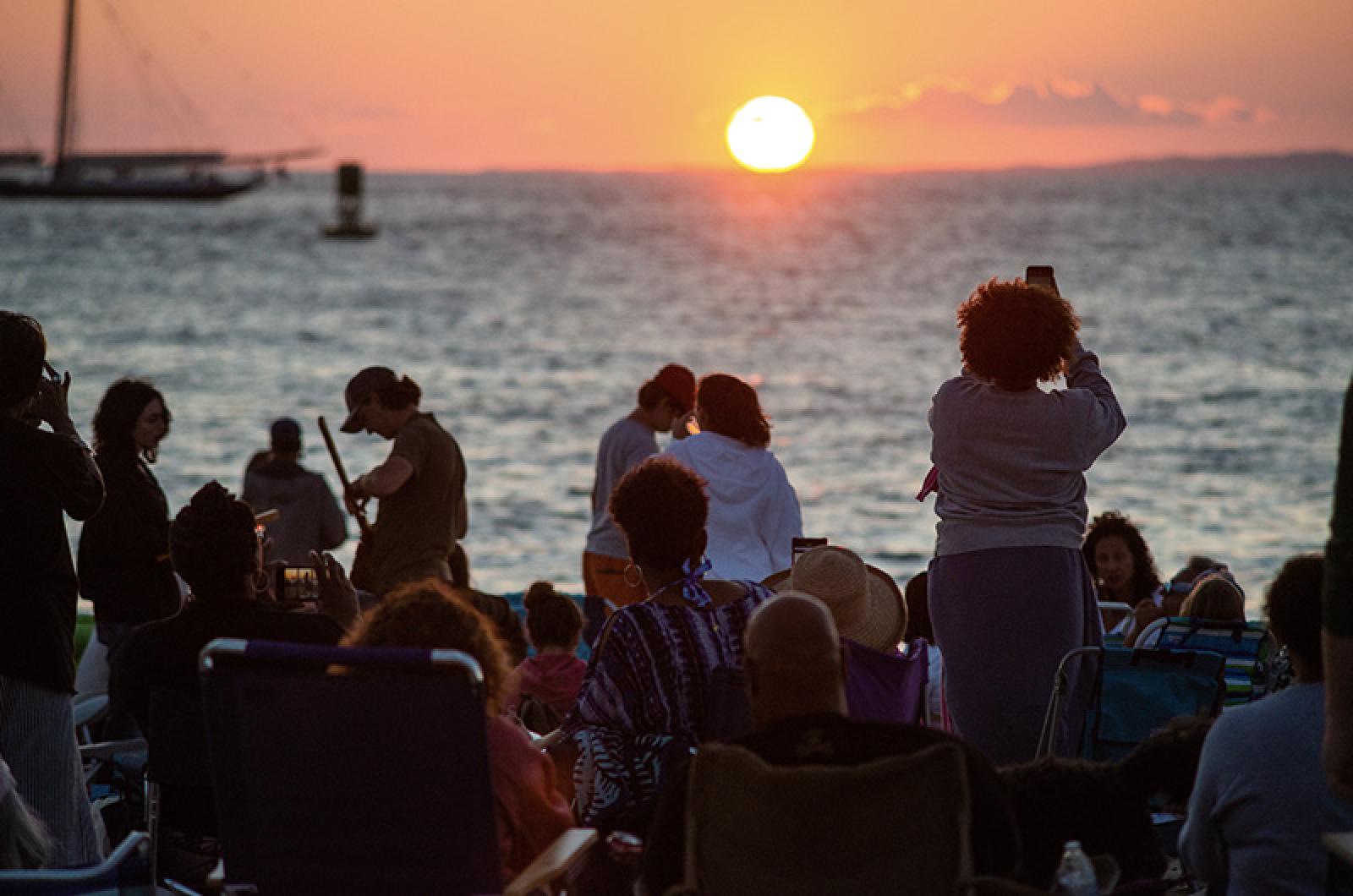The Martha’s Vineyard Commission is taking an important step to address the Island’s growth crisis through a new carrying capacity study. Last week’s story in the Gazette describes well the many symptoms of today’s imbalance between growth and environmental protection, and the challenges faced by our now-strained infrastructure.
At its core, though, carrying capacity is ultimately about the land. What we have learned over the decades is that it is our natural resources — clean air and water, and undeveloped open space to sustain healthy ecosystems — that is the heart of defining limits for what our Island can handle. This is, in the planning language referenced in the article, the key variable for avoiding a non-linear tipping point.
Consider these facts. Over its 35 years of work, the Martha’s Vineyard Land Bank has safeguarded about seven per cent of Martha’s Vineyard as preserved open space, land that is forever protected for the benefit of all, human and otherwise. In contrast, about 30 per cent of the Island (approximately 16,000 acres) is currently open land that is still buildable.
Predictions from the MVC’s Island Plan and follow-up work suggest that about 80 per cent of what’s left will be lost to development.
Let that sink in for a minute: the amount of habitat protected by decades of heroic work by the land bank is dwarfed by the amount of private land, currently taken for granted as open space, that will be lost. If those predictions bear out, any hope for keeping our Island’s natural resources intact will be crushed. Those impacts will be even more severe as the Island copes with the impacts of climate change, including a literal loss of land due to sea level rise.
In passing the Martha’s Vineyard Commission’s 1977 enabling statute Chapter 831 (An Act Further Regulating the Protection Of the Land And Waters Of the Island Of Martha’s Vineyard), the state legislature cited preservation of the Island’s unique ecological values as being of statewide interest, recognized it as threatened by inappropriate uses of the land, and empowered the MVC to ensure that “land usages will not be unduly detrimental”.
Natural resource carrying capacity requires that we maintain the health and quality of our ecological systems, including our ponds and our plant and animal assemblages. Today, what is undermining that quality is fragmentation of habitat by development. That must change.
Voter surveys and professional polls, including work by the Louis Harris group in 1988 and 2013, called for stronger development constraints in the six Island towns. Strategies include caps on infrastructure expansion, rationing of new building permits, aggressive town-led campaigns to urge landowners to give or sell conservation restrictions on dividable parcels, and property tax reduction for landowners who leave land un-subdivided.
This generation of planners and town leaders has that opportunity to act to keep our natural systems healthy and functioning. It will require policies that not only leave undeveloped areas alone, but also create physical connections or corridors — greenbelts — between the distinct eco-regions described in the MVC’s 2010 Island Plan.
In a 1982 interview with Martha’s Vineyard Museum oral history curator Linsey Lee, Gazette editor Henry Beetle Hough said in part: “ . . . the natural resources of the Island are so different, so outstanding, that, if they could be preserved, that’s a kind of capital which renews itself every year, every growing season. And with every generation it goes on and on, providing it isn’t abused, providing the harbors and ponds are not polluted and that the land isn’t too much built up or abused.”
Let’s act together to put rules in place designed to renew our natural capital so that it can be sustained into the future indefinitely. That will require hard decisions about limits that bring consumption patterns and expectations in line. It is time for every town to support the MVC in its efforts to move these ideas forward.
The Island community can do this.
Brendan O’Neill is executive director of the Vineyard Conservation Society.







Comments (4)
Comments
Comment policy »